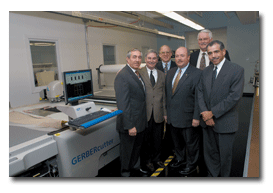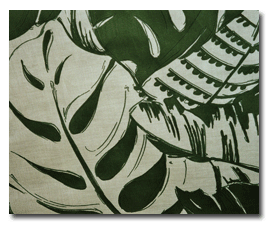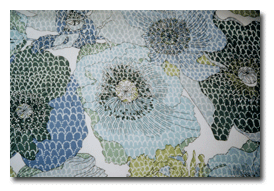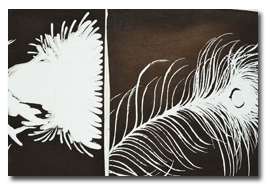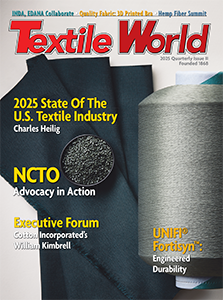The Switzerland-based International
Textile Manufacturers Federation reported slightly lower global yarn output and significantly lower
fabric output for the fourth quarter (Q4) of 2005 in its State of Trade Report 4Q 2005. The report
also disclosed lower global yarn inventories and higher fabric inventories for the quarter, and
higher Q4 yarn and fabric orders in Brazil and Europe, compared with the previous quarter.
Yarn production was down by 0.8 percent globally for the quarter, with increases of 3.8
percent and 1 percent, respectively, in Europe and Asia; and declines of 10.9 percent and 2.6
percent, respectively, in North and South America. On an annual basis, output decreased by 15.7
percent, 7.3 percent and 7.1 percent, respectively, in North America, Europe and South America; and
rose by 5.8 percent in Asia.
Q4 global fabric output dropped by 5.1 percent, with respective 12.4-percent and 8.4-percent
decreases in South America and Asia, and a 6.2-percent gain in Europe.
For the year, worldwide production was 10.3-percent lower, chiefly due to drops of 16.8
percent and 13.4 percent, respectively, in North America and Asia.
Worldwide yarn inventories slid downward by 2.3 percent for the quarter. Decreases of 3.4
percent, 0.6 percent and 0.2 percent, respectively, were recorded in Asia, Europe and South
America, while North America registered 1.8-percent-higher stocks. For the year, the drop was 5.2
percent, with respective 19.1-percent, 10.4-percent and 4.9-percent reductions in South America,
Europe and Asia; and a 5.9-percent gain in North America.
A 5.4-percent rise in Q4 global fabric inventories was due mainly to respective
15.3-percent, 3.1-percent and 0.6-percent increases in Asia, and South and North America, while
European stocks were 0.9 percent lower.
On an annual basis, global stocks jumped by 8.9 percent, fueled by a considerable
42.6-percent gain in Asia, due largely to Pakistan’s 62.1-percent surge. Stocks were lower for the
year by 5.2 percent, 4.9 percent and 3.1 percent, respectively, in Europe, and North and South
America.
Brazil posted respective 3.2-percent- and 3.8-percent-higher yarn and fabric orders for the
quarter, and 6.8-percent- and 18.7-percent-higher orders for the year. Europe’s yarn and fabric
orders were 0.5-percent and 1.9-percent higher, respectively, for the quarter; and 8.4-percent and
7.6-percent lower, respectively, for the year.
May/June 2006

